The biggest gap between the Artificial Intelligence brain and the human brain
by Ready For AI · Published · Updated
We are all imagining that one day the artificial intelligence brain has all the capabilities of the human brain, even beyond the human brain. How likely is this?
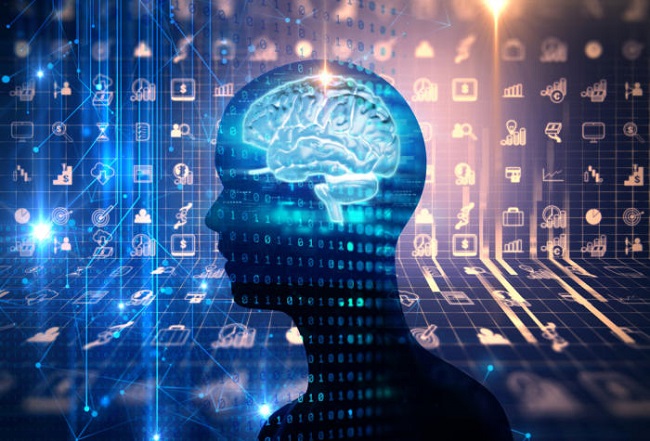
How do humans learn and recognize?
An important theoretical system has to be mentioned here: Cognitivism. In psychology, cognitivism is a theoretical framework for understanding the mind that gained credence in the 1950s. The movement was a response to behaviorism, which cognitivists said neglected to explain cognition. Cognitive psychology Derived its name from the Latin cognoscere, referring to knowing and information, thus cognitive psychology is an information-processing psychology derived in part from earlier traditions of the investigation of thought and problem solving.
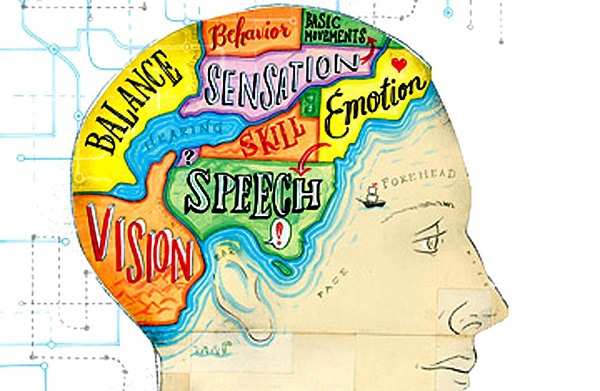
Cognitiveism originated from the Gestalt Psychology. This school believes that learning is realized through feelings and perceptions, and is realized by the subjective organization of the human brain. It is proposed that learning relies on epiphany rather than on trial and error. The point of realization. The theory’s view on “learning” is: the psychological phenomenon of learning, the connection between the negative stimulus (S) and the reaction (R) is direct and mechanical. It is believed that people’s behavior is based on the “internal state of the organism” – consciousness as the intermediary link, subject to the consciousness, they replace the SR formula with the formula of SOR (O is the intermediary link); learning is not in the formation of the connection between stimulation and reaction And relying on subjective structuring to form a “cognitive structure”, the subject does not mechanically receive stimuli in the learning, passively responds, but actively and selectively acquires stimuli and processes; research on learning problems, Focus on internal processes and internal conditions, mainly on the nature of people’s intelligent activities (including perception, learning, memory, language, thinking) and their activities. Simply put, we are not mechanically accepting the stimulus, but actively explaining the relevant stimulus.
Behaviorists acknowledged the existence of thinking, but identified it as a behavior. Cognitivists argued that the way people think impacts their behavior and oligomer cannot be a behavior in and of itself. Cognitivists later argued that thinking is so essential to psychology that the study of thinking Should become its own field. However, cognitivists typically presuppose a specific form of mental activity, of the kind advanced by computationalism.
Cognitivism's computer practice
The theorists like Marr, Kosslyn and Fodor, 30 years ago, have long imagined the brain as a computer to build their theoretical system. These traditional Cognitivism theory holds that cognition is based on the calculation of abstract symbols, and the neurons of the brain encode and transmit information in the form of action potential through changes in potential. Corresponding to the computer system, each action potential can be simplified by a series of binary codes.
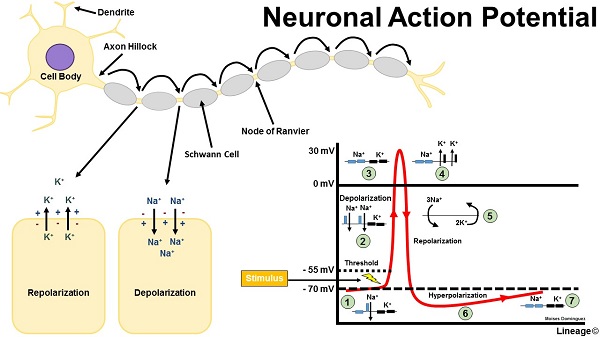
Since neurons can be represented by binary symbols, is the brain also using similar symbols to calculate? So far, most of today’s psychological research has focused on how the brain responds to all kinds of stimuli, that is, how the brain converts all kinds of information into abstract symbols for processing and storage. Such a research idea led by external stimuli has a profound impact on the brain science community. Since the birth of various neuroscience research methods, people have used functional Magnetic Resonance Imaging (fMRI), Electroencephalography (EEG) and other methods to observe brain activity. Fortunately, people have discovered the functional and structural connections of the brain. For example, different sensations are handled by different brain regions.
Cognitivism's defect
Although Cognitivism helps humans to further understand the brain, there are still deficiencies in the way of explaining the way thinking works.
- The abstract symbol cannot trace its origin in time and space and cannot produce meaning.
As early as 1980, John Searle proposed the “symbol grounding problem”. Encoding information with abstract symbols can explain many cognitive phenomena, but Searle realizes that the connection between abstract symbols and external things is arbitrary and is not limited by physical space and time. This arbitrariness causes the symbol to not trace its origin in time and space, and cannot produce radical intellectual behavior.
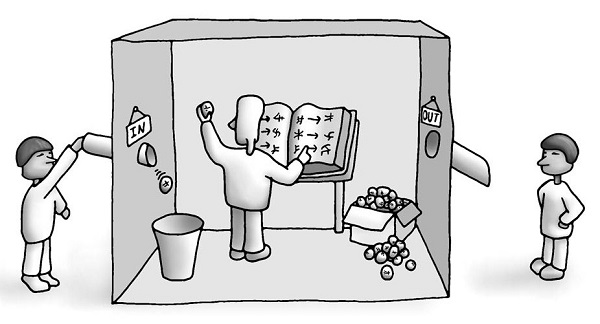
Let’s take a look at this imaginary language black box experiment – The Chinese Room. Here we will changed China to Norway. Suppose you and your friends are traveling to Norway now. In order to communicate easily with the locals, you have a Norwegian-Norwegian dictionary, not an English-Norwegian dictionary. After arriving in Norway, you saw a word on the street called “utmerket”. Your friend asked: “What does this mean?” You turned around and quickly flipped through the dictionary, found the corresponding entry, and replied confidently: “It’s very simple, it means glimrende!”
For those who don’t understand Norwegian, “utmerket” and “glimrende” are just two abstract symbols, and they are not much different in nature. The connection between the two symbols is arbitrary (as determined by the dictionary in the example) and is not limited to any laws of physics. In principle, “utmerket” can mean “glimrende” or “misforståelse” or “bussholdeplassen”. These words are no difference for you who don’t understand Norwegian. If we compare this dictionary to your cognitive system, then you can use this system to link two symbols according to certain rules, but you can’t really understand the meaning of these symbols.
This hypothetical experiment tells us that the connection between abstract symbols is meaningless. No matter how the brain encodes and processes information, the representation of such information must be able to be meaningful in space and time rather than arbitrarily linked.
- Cognitivism sees “action” and “perception” as two separate individuals, and does not know how the two interact.
According to Cognitivism’s thinking, the external information is first collected by the sensory organs, translated and processed in the form of abstract symbols in the black box of the brain, and finally converted into motion instructions to guide the behavior.
The dualism of action and perception is feasible in principle, but the efficiency of cognition is greatly compromised. Importantly, it is not very useful when explaining some cognitive phenomena, such as the famous McGurk effect of psychology, which demonstrates the interaction of vision and hearing while listening to language.
This video is the sound of Ba Ba Ba, and the mouth shape of Ga Ga Ga, which actually hears a sound similar to Da Da Da. Then why does the shape of the mouth affect the perception of speech? If we look at the idea of dualism, listening and speaking are independent of each other. In this case, the Ba Ba Ba and the Ga Ga Ga seen will be perceived independently and will not merge into the illusion of Da Da Da.
Personally, the brain can form such an illusion because the visual information of the mouth activates the moving system of speech. There are two explanations here:
- One of the explanations is the motion system produces a preview of the Ga Ga Ga sound, which is combined with the heard Ba Ba Ba to form the illusion of Da Da Da, that is, the brain has produced an illusion of hearing the content, which is used to compensate for the conflict in the visually acquired information section.
- Another explanation is that Ba Ba Ba is activated in the brain to activate the Ba Ba Ba motion command, and the Ga Ga Ga is activated to activate the Ga Ga Ga motion command. When the two instructions are overlapped and added, an instruction to send a Da Da tone is formed.
Regardless of the interpretation used, we can see that perception and motion systems are inextricably linked, and the whole process of cognition is based on the interaction of various parts of the perceptual motion system.
Theoretical formation of Embodied Cognition
The above mentioned the defects of Cognitivism. In order to solve these two defects, scholars began to combine the brain with the body and the environment in nearly 20 years, and began to promote the new idea of “Embodied Cognition”. Larry Barsalou’s paper in 2008 has been discussed, and interested friends can read it at here:
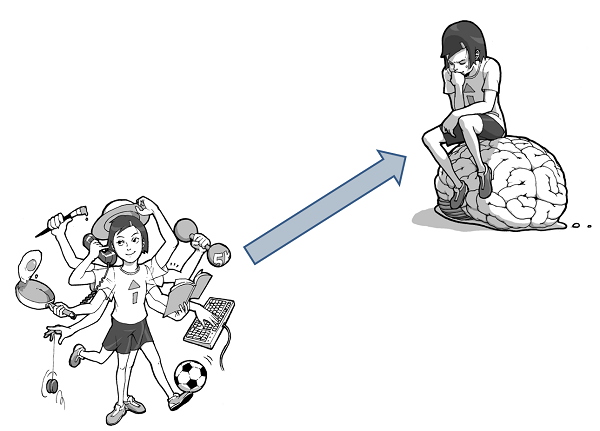
Embodied Cognition believes that cognition is inseparable from the body, and it cannot be separated from specific perceptions and motion experiences.
Why are people with disabilities without legs unable to understand the enjoyment and excitement of Ronaldo’s scoring? Because these disabled people do not have the experience of using the leg as a moving organ make the brains cannot store sensory information, there is no difference between “breakthrough” and “tap dance” and other similar actions in their minds.
Experimental evidence of Embodied Cognition
Let’s start with a classic, landmark experiment that compares motion and language cognition:
Embodied Cognition’s theory and experiment are not limited to language, it also comes to body and action. Of course, we must first understand the fact that the control areas of various parts of the body are inverted in the cerebral cortex.
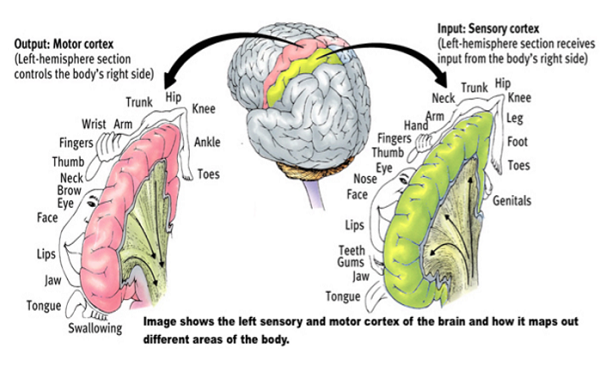
A banded area in the middle of the brain (the pink part in the picture above) is the motor cortex of the brain. The lower part of such a strip-shaped area controls the movement of the upper body, such as facial expressions, blinking, movement of fingers and arms, and the like. The upper part of the sports area controls the movement of the lower body, such as the torso, the movement of the buttocks, and the movement of the legs and feet. As for why the sports area is inverted, it is not important at here. It is important to understand that there is a clear division of labor in each brain region, which provides the basis for brain imaging to study the function of the brain.
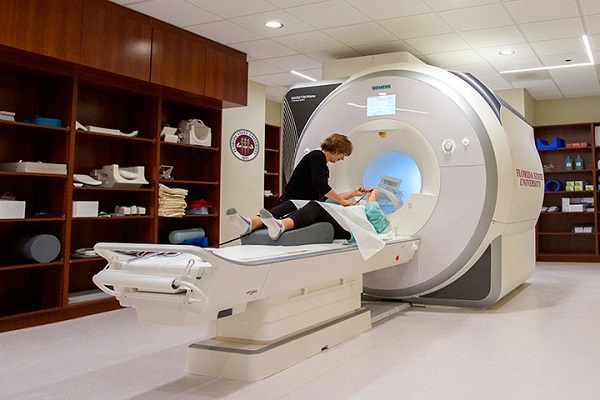
In the picture above, this is the machine for fMRI, which monitors the amount of oxygen in the blood of the brain. The brain, like our muscles, needs nutrients and oxygen to provide energy. In the same way, if the workload of a certain area of the brain is increased, the demand for energy is also increased, then the brain will input a large amount of blood into the brain area to increase the content of glucose and oxygen. The increase in oxygen content is detected by the fMRI scanner, and through mathematical modeling and statistics, the computer can finally display meaningful brightness changes as brain activity maps.
We want to prove that the movement of each limb is controlled by different areas of the motor cortex. You can ask a group of subjects to do various limb movements in the scanner, such as moving your toes, moving your fingers, or spitting the tongue, and you can catch then some parts of the brain become more active. Without surprise, we will see that the movement of different limbs activated different brain regions of the motor cortex so that the distribution of a neural activity coincides with the inverted distribution of the brain motor cortex just mentioned.
These concepts are represented by abstract symbols. Abstract symbols are arbitrary and have no essential difference. For example, the “kick” action can be arbitrarily coded with the abstract symbol 001001 or 100110 without special limitations. In this case, the calculation of all abstract symbols should be handled by a brain region, which is equivalent to the CPU of the computer. We should see an “abstract symbol” area will be activated in brain imaging.
The concept is represented by the experience of action. I f one person wants to truly understand the meaning of the “kick” action, that he/she must have a leg to make the experience of “kicking”. While reading and understanding the word “kick”, the area of the motor cortex-related leg movements must activate the action experience of the kick to give meaning to the “kick” movement. In brain imaging words of different meanings should activate different perceptual motion systems related to their meaning, rather than the same “abstract symbol” area.
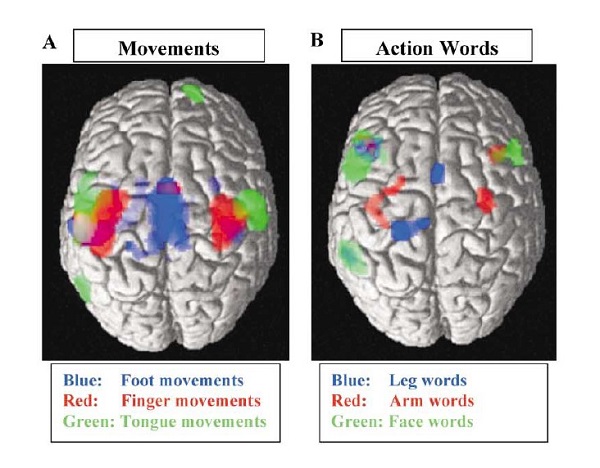
The experimental results support Embodied Cognition’s point of view: reading different action-related texts such as “kick”, “grab”, and “suck” will each activates an independent brain region. This also shows that a single “abstract symbol” area does not exist. More importantly, when the experimenter compares the brain area activated by the actual exercise with the brain area activated by the reading text, it is found that some of the brain area activated by them are overlapping, and the results strongly suggest that the cognitive of language is closely related to the movement system.
Embodied Cognition inspires artificial intelligence
Our brains have some basic activities from birth, such as judging the high/low temperature of the outside world, the pain/comfort of the body, and the colors, smells, and so on. As the body grows, the brain begins to familiarize with and can control the body, using the appropriate areas to make the interface with these complex “terminals”, it can encode and store the data returned by the “terminals” and integration between data.
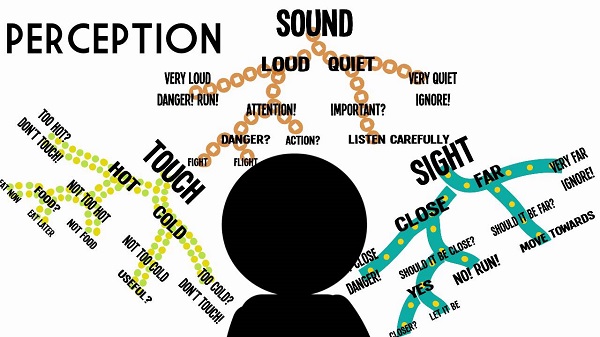
In general, our brain can process many pieces of information back in parallel. When faced with normal information, the brain’s working mode is a non-overlaying multi-priority strategy. For example, the pleasure of multiple parts of our body is Can coexist. However, for the processing of abnormal information, the brain seems to switch to a single-priority strategy with coverage mode. For example, the two parts of the body feel pain at the same time, and the brain often sends us the most painful place’s info. In other words, perhaps when the brain is docked with the body because the normal feelings occupy most of the situation, so many areas of the brain are used to process this information, then the treatment area left for abnormal feelings will be smaller.
These are just basic perceptual functions. If you rise to the level of thinking, you need more learning and training. Some of the physiological responses that occur during evolution are also inherited in some way to future generations.
If the brain’s cognition is indeed closely related to the experience of perception and movement, then this shows that our ability to understand external things is limited by our own experience. The artificial intelligence system contains a variety of terminals, transmission devices, processors and data information, which are large and complex, and only include the processing of abstract data and general logic. Computers can’t form an intuitive perception of the physical world, and they don’t have the degree of perception, imagination, subjective and behavior. At best, they only simulate and amplify the information exchange, storage, and logic processing functions of a part of the human brain.
Therefore, personally think that the biggest gap between the artificial intelligence brain and the human brain is: Artificial intelligence cannot realize the ability to perceive the world.


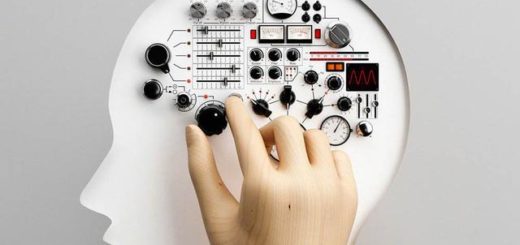








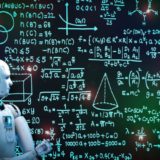






WONDERFUL!